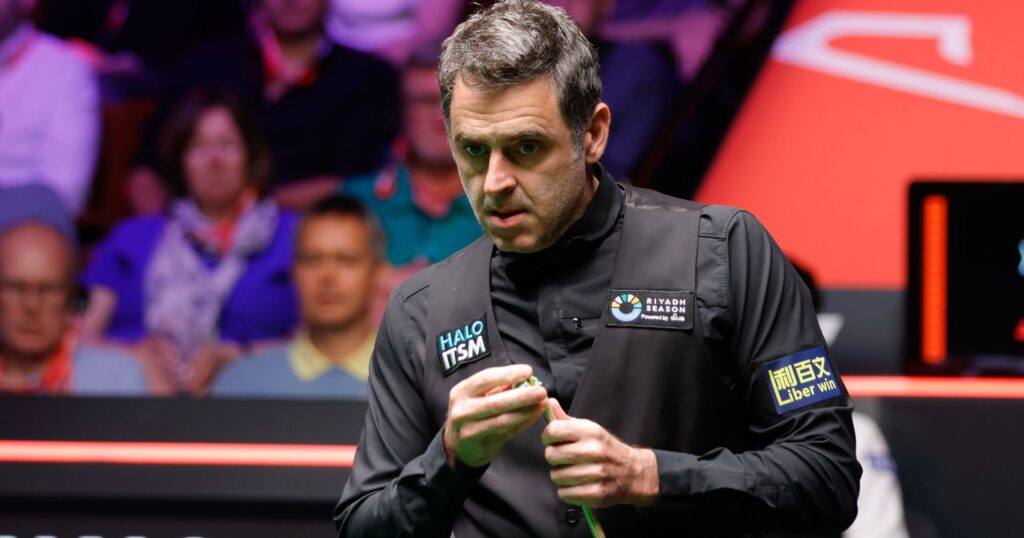In the world of professional snooker, few names evoke the same level of respect and admiration as Ronnie O’Sullivan. Often regarded as one of the most talented players to ever pick up a cue, O’Sullivan’s skill and finesse at the table are renowned. However, in a recent match, he showcased an uncharacteristic lapse that caught the attention of both fans and commentators alike—a moment which not only highlighted his occasional imperfections but also brought to light the courageous adjustments made to his equipment, notably a change in his ferrule.
Traditionally, when snooker enthusiasts think of O’Sullivan, phrases such as “doesn’t normally miss those” resonate loudly due to his consistent proficiency. His precision and control over the cue ball have often led to extraordinary success in various tournaments, including World Championships and Masters events. However, during this match, he missed a straightforward shot that left spectators and pundits in disbelief. This unexpected miss served as a stark reminder of the pressures and psychological challenges that even the greatest athletes face during high-stakes competition.
The missed shot, occurring at a crucial juncture in the game, raised questions about O’Sullivan’s form and equipment. Analysis of the shot suggested that it was not merely a momentary lapse in concentration or skill, but rather a consequence of a recent change in his snooker cue. O’Sullivan had bravely opted to modify the ferrule of his cue, a small yet significant component that can greatly influence the performance of the cue and, by extension, the player’s game.
The ferrule is the small insert at the tip of the cue, typically made from a durable material that impacts the cue’s flexibility and how it interacts with the ball. A change in this part of the cue can yield significant alterations in feel and delivery, potentially affecting a player’s style and approach to shooting. O’Sullivan’s decision to replace it was deemed ‘brave’ by commentators, as many seasoned players tend to stick with the same equipment throughout their career, wary of the unpredictable consequences of such an adjustment.
Throughout the match, O’Sullivan struggled to find his rhythm, which prompted discussions about the extent to which new equipment can impact a player’s game. Despite this, he demonstrated resilience typical of a champion, employing his experience and strategic thinking to navigate the match. This kind of mental fortitude, combined with tactful adjustments in response to equipment changes, is what has permitted him to remain a formidable force in snooker for decades.
As the match unfolded, the comments section was abuzz with reactions to both O’Sullivan’s unexpected miss and his ferrule alteration. Supporters expressed their belief that the slip was merely a transient occurrence, while others speculated about the inherent risks associated with changing vital components of a player’s cue. Nonetheless, many acknowledged O’Sullivan’s willingness to adapt and innovate, qualities that have always been central to his identity as a player.
In conclusion, while this momentary miss may have momentarily questioned Ronnie O’Sullivan’s current form, it served as a valuable reminder of the complexities present within professional sports, particularly snooker. The dynamic interplay between a player’s skill set and their equipment can have profound implications on performance, embodying the essence of the sport—an ever-present challenge that even legends like O’Sullivan must navigate. It will be interesting to see how O’Sullivan refines his game, potentially making further adjustments as he continues to pursue excellence on the green baize. In the fast-evolving world of snooker, moments like these are part of the journey, encapsulating the highs and lows that define competitive play.



